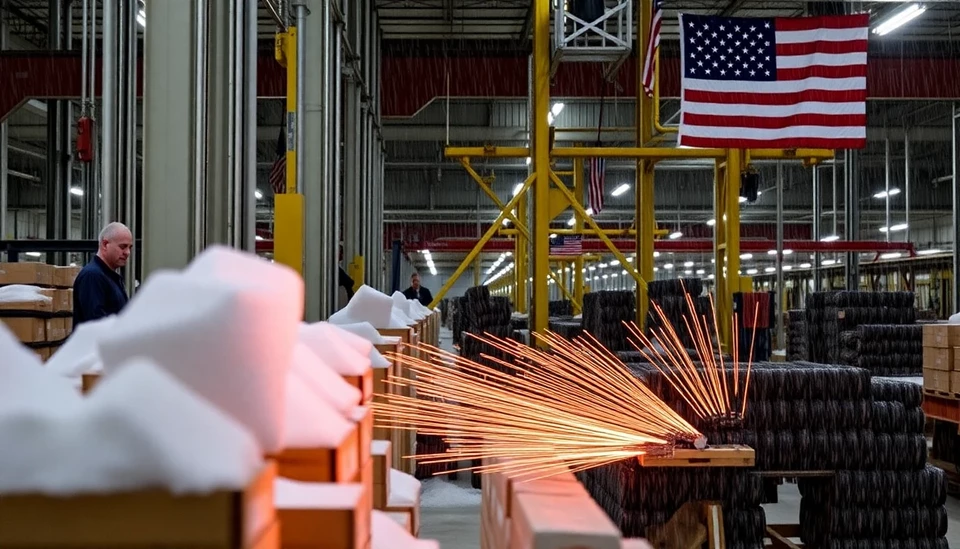
In a notable downturn, the U.S. industrial production experienced a decline in October, primarily influenced by recent strikes across various sectors and disruptions caused by Hurricane Otis. The data released by the Federal Reserve indicated a 0.4% drop in industrial output, raising concerns about the overall economic momentum as the nation navigates through these challenges.
The steepest declines were observed in the manufacturing sector, which fell by 0.5%. This downturn was significantly impacted by labor strikes that erupted in industries like automotive and healthcare, where workers rallied for better wages and working conditions. These strikes have not only halted production lines but also led to a ripple effect affecting supply chains and inventory management across multiple industries.
Additionally, the devastation brought by Hurricane Otis, which struck the West Coast in mid-October, added another layer of disruption. The hurricane resulted in significant damage to infrastructure, particularly in California, where several manufacturing facilities were forced to temporarily suspend operations due to power outages and flooding. This natural disaster exacerbated the challenges already faced by the industrial sector, causing delays and additional losses.
Experts had anticipated some level of decline; however, the figures exceeded expectations, highlighting the vulnerabilities within the manufacturing landscape. The combination of labor disputes and environmental calamities has sparked urgent discussions among economists and policymakers who are concerned about the potential long-term impacts on U.S. economic recovery efforts.
In the broader context, the industrial sector's struggles come amidst a backdrop of rising inflation and fluctuating economic indicators. Analysts are now closely monitoring how this hit to industrial output will influence overall GDP growth and if it may lead to more stringent fiscal policies or emergency measures from the government to stabilize affected industries.
As the situation develops, businesses are urged to evaluate their operational frameworks and supply chain strategies to mitigate further disruptions. Industry leaders are also calling for improved dialogue between companies and employees to address the underlying issues that initiated these strikes, suggesting that collaboration might be essential for achieving sustainable growth.
The consequences of these disruptions could ripple throughout the economy, affecting everything from employment rates to consumer spending, making this an essential moment for reflection and proactive planning for businesses across the nation.
In summary, the U.S. industrial sector faces a pivotal moment marked by challenges that could shape its trajectory in the months ahead. With labor relations and environmental factors at the forefront, stakeholders will be watching closely for signs of recovery or further decline.
#IndustrialProduction #EconomicChallenges #USManufacturing #LaborStrikes #HurricaneOtis #FiscalPolicy #EconomicOutlook
Author: Rachel Greene




